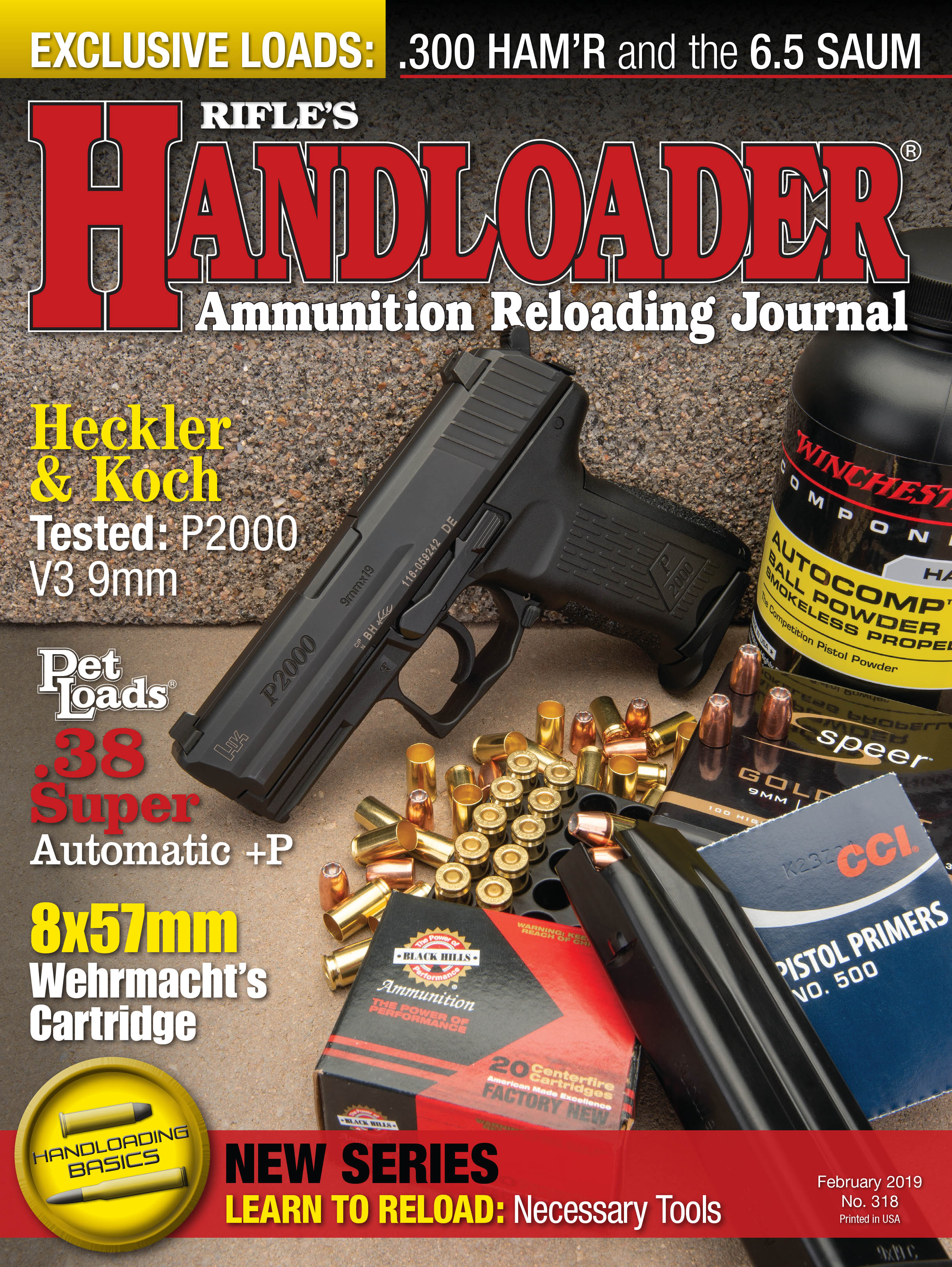Mike's Shootin' Shack
Cast Bullet Flexibility
column By: Mike Venturino | February, 19
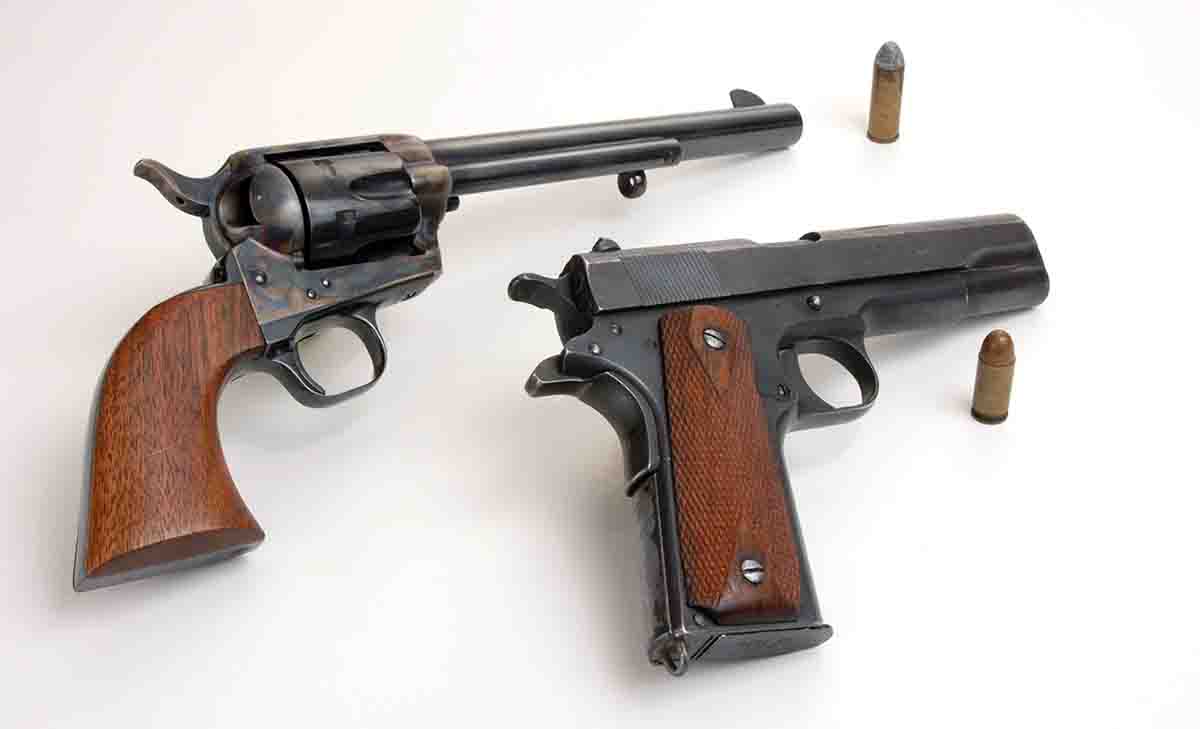
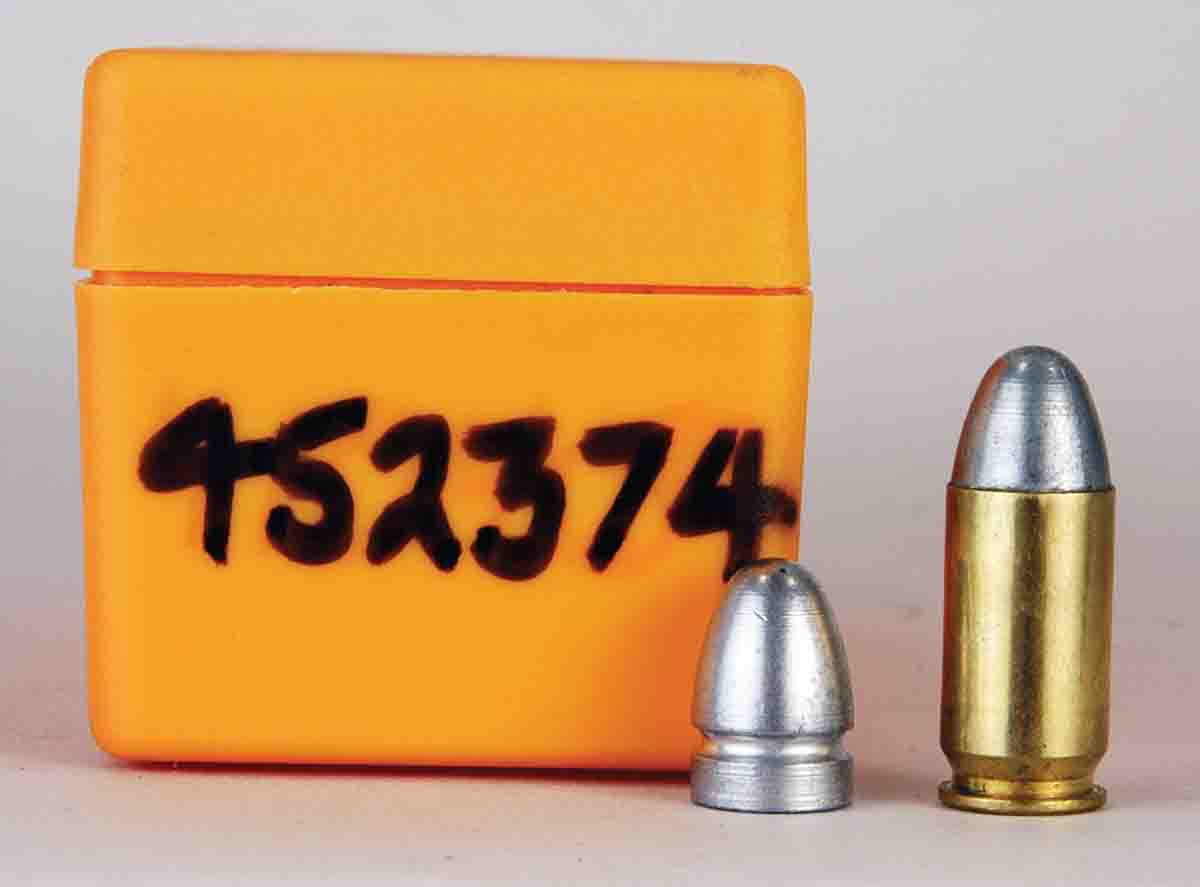
Later in my early handloading career, and nearly at the same time, a Colt SAA .32-20 and a .30 M1 Carbine were acquired. The bullet weight in Lyman’s catalog for mould No. 311316 was 112 grains. Its shape was flatnose, and it was designed for gas checks. It did not take long to determine that bullets from that one mould sized .310 inch shot just fine from the revolver and the semiautomatic carbine.
And that’s not all. I supplied some to a friend whose favorite big-game rifle was a Winchester Model 70 that had been rechambered from .300 H&H to .300 Weatherby Magnum. He wanted the lightweight 112-grain bullets to pop grouse while hunting elk. I’ve long ago forgotten his powder and charge, but one day as he started up the
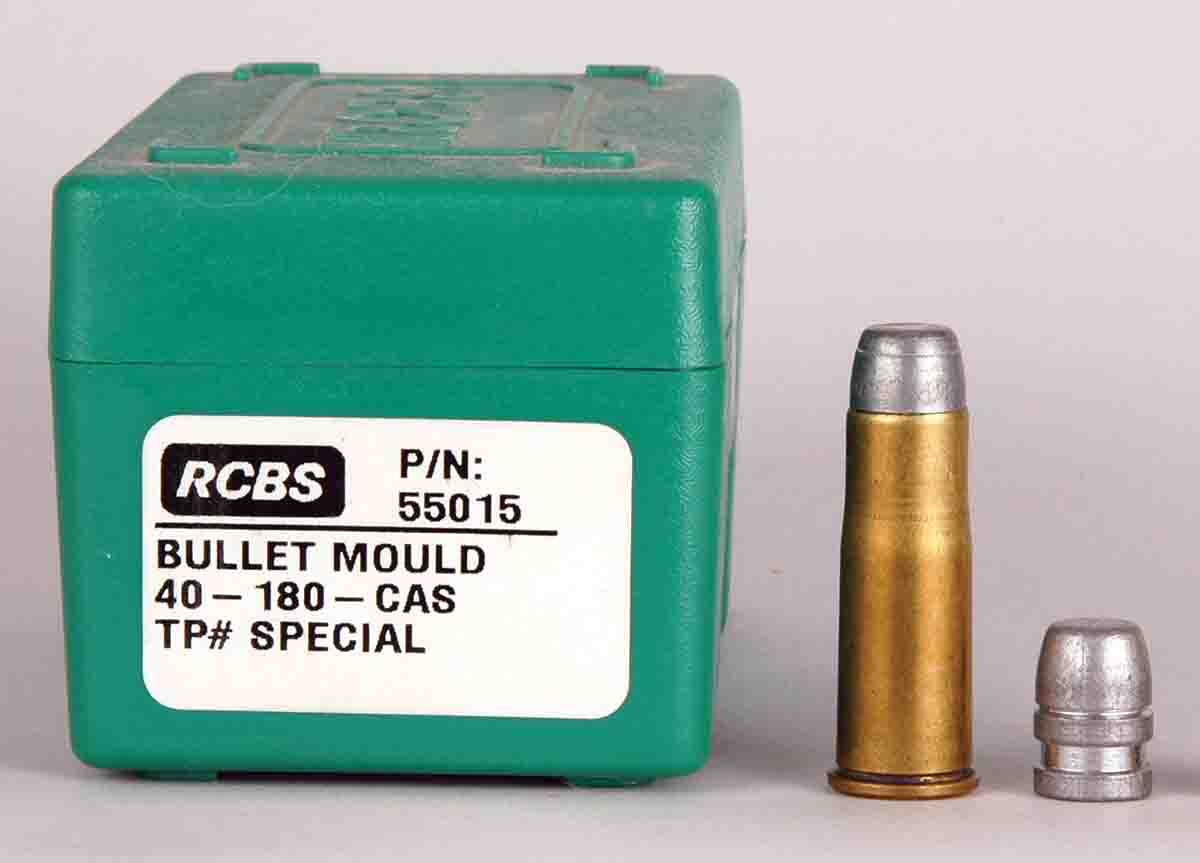
Instead, he happened on the largest mule deer he had ever seen. It was unaware of him and less than 50 yards away. Afraid that the metallic noise caused by switching the cast load for a full-bore jacketed bullet load would scare that trophy buck away, he popped it in the neck with the little 112-grain cast bullet. It dropped in its tracks.
One of my favorite cast bullet “switches” is using an RCBS 44-200-FN, advertised as a .44-40 bullet, in .44 Special. Several of my fixed-sight .44 Special revolvers shoot high with 240- to 250-grain bullets that are often recommended for the cartridge. But they are very close, or dead on, with 200-grain bullets. What would be wrong with just using a 200-grain bullet listed for .44 Special? Nothing at all would be wrong, but since the RCBS 200-grain flatnose is my favorite .44-40 bullet, why dig another mould out of storage when I use it so much anyway? And what about the idea that .44-40s require .427- to .428-inch bullets, and .429 to .430 inch is correct for .44 Special? I just size mine to .429 inch, and they work well in either cartridge.
The compatibility of cast bullets to very different cartridges can be confusing due to the odd names often bestowed on them. The .40 S&W/10mm Auto and .38-40 are perfect examples. In regard to bullets, all three of those cartridges can use the same one if it is intended for .38-40. Most cast bullets for the .38-40 will have a crimping groove, because .38-40 revolvers and rifles/carbines require a stout crimp for perfect function. Cast bullets for .40 S&W/10mm Auto do not have a crimping groove because they will be taper crimped in place. The size for cast bullets used in all three of the mentioned cartridges is .401 inch. My favorite is a 180-grain RNFP from RCBS mould 40-180-CM (CAS).
Can using a bullet not actually recommended for a cartridge in question get you in trouble? It can, and I have had only one mishap. Remember that comment above about taper crimping? When I bought my first 9mm Parabellum, a Smith & Wesson Model 39, the cost of the pistol and reloading dies emptied my wallet. My idea was to just shoot it with light powder charges under 150-grain SWCs cast from Lyman mould No. 358477. That worked for a while.
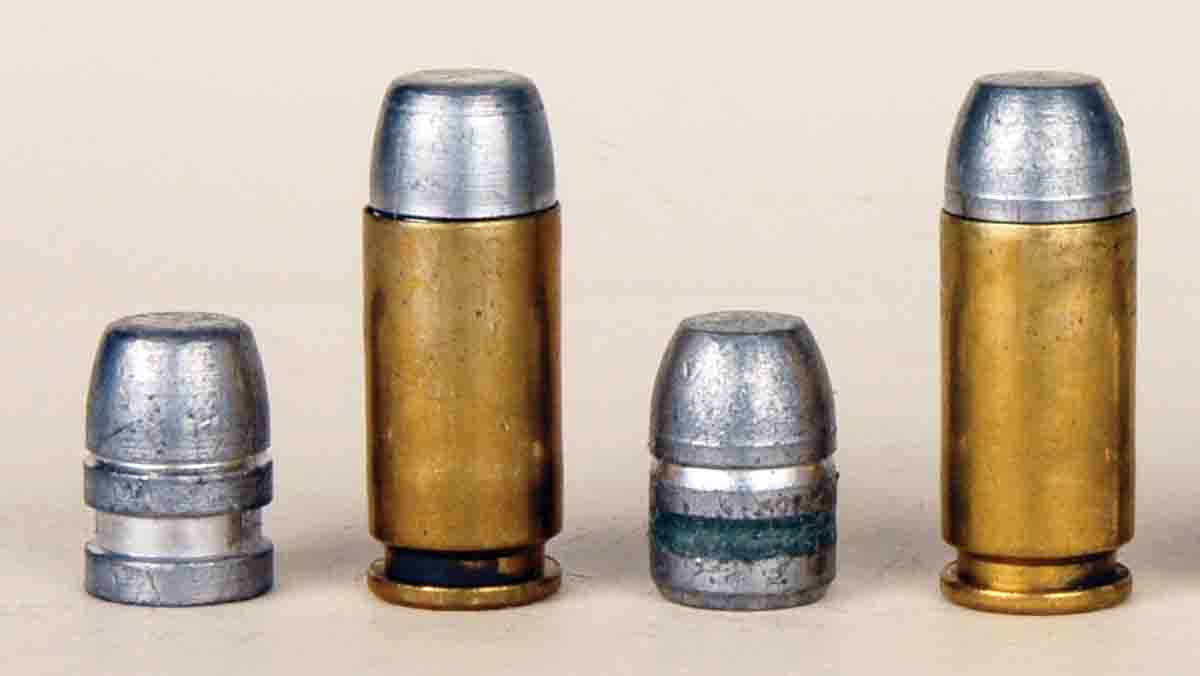
Perhaps my most unexpected flexibility with cast bullets came with the 8mm – as in 8mm Japanese Nambu and 8x57mm Mauser. The 106-grain RN from RCBS mould 08-110-RN, sized .323 inch, was found to shoot groups about the size of a penny at 25 yards when powered by 5.0 grains of Trail Boss and fired from several of my World War II German sniper rifles. That made a great replacement for .22 rimfires during the last ammunition shortage.


